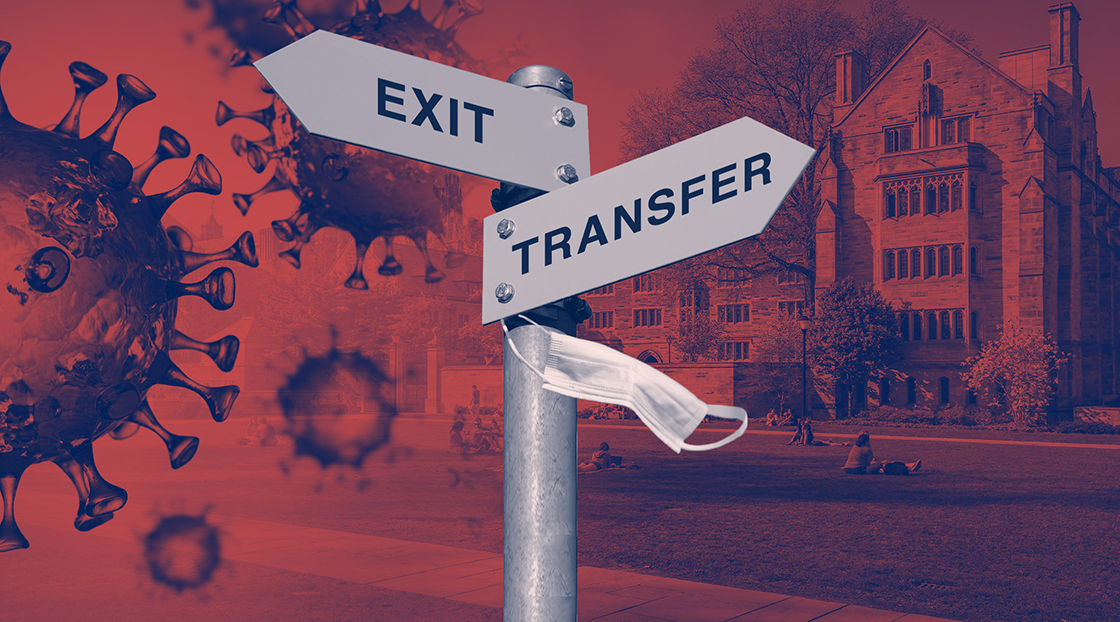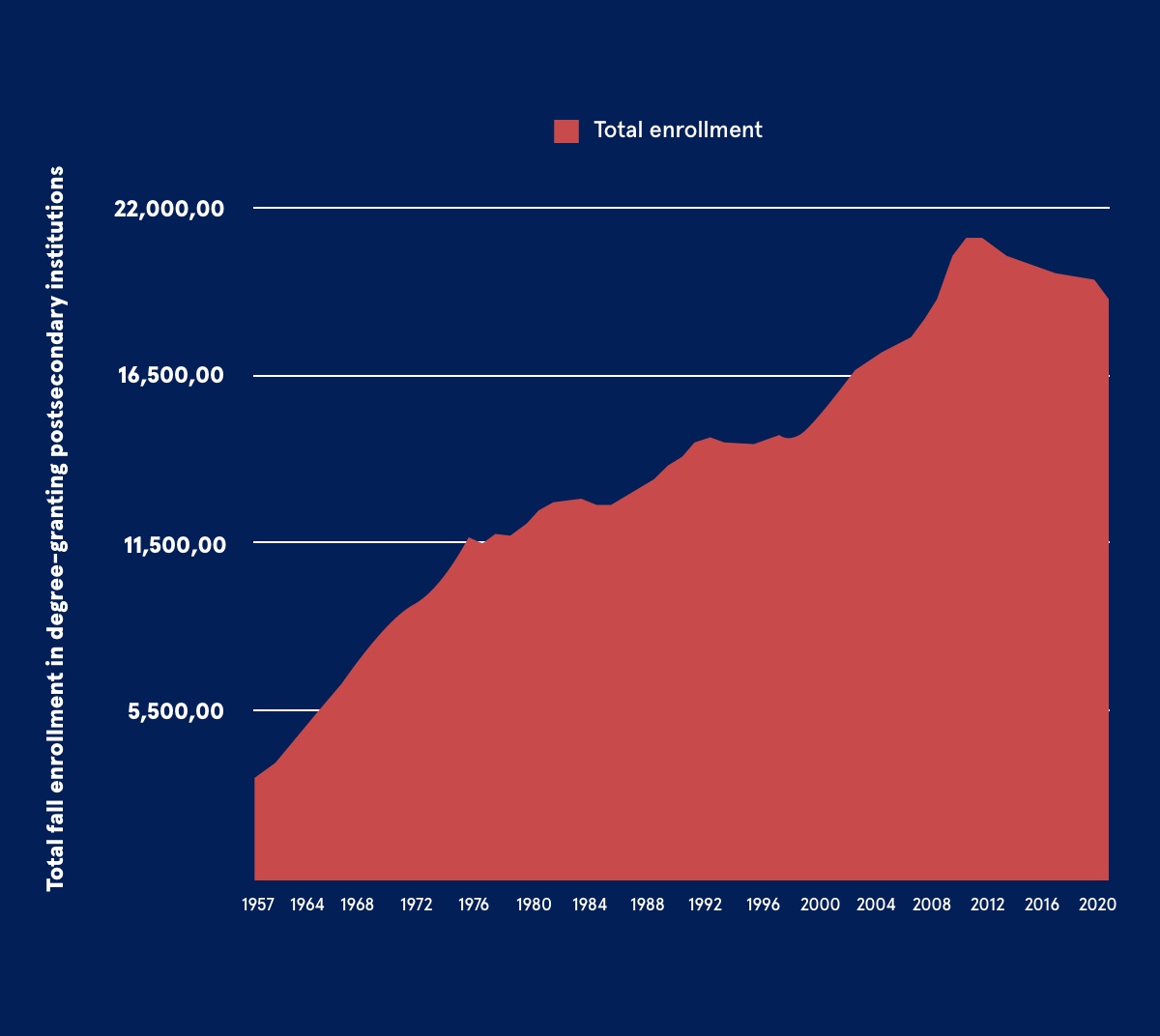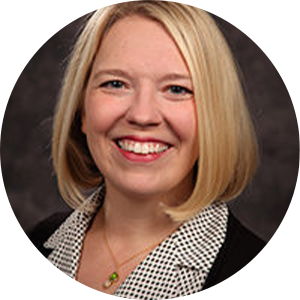Transfer student enrollment has decreased twice as much as non-transfer enrollment over the two years since the COVID-19 pandemic began, according to the National Student Clearinghouse.
The September 2022 report on transfer, mobility and persistence found that the rates of enrollment in academic year 2021-2022 were similar across the board, with transfer student enrollment declining 4.9% and non-transfer enrollment falling 4.3%. The greatest decline was in upward transfers – going from a two-year institution to a four-year one. Even students who successfully earn an associate’s degree are not moving on. Their transfer rate has fallen by 10.3% since 2020, with most of those losses coming in 2021-22. Upward transfers without an associate’s degree also fell by 9.3% over the last two years.
“We’re at a moment here after the pandemic. There’s an enrollment crisis, but there’s a college access crisis,” said John Fink, senior research associate at the Community College Research Center. “There’s a growing questioning of the value of college … And if (community) colleges and their university partners aren’t making it clear what is the path, where is it leading and why it matters to the student, I think it’s going to be hard to build back from this enrollment crisis. According to the National Center for Education Statistics, total enrollment in degree-granting postsecondary institutions peaked in 2010-2011 and has largely plateaued since. The NSC found postsecondary enrollment declined by 4.1% in spring 2022, following a decline of 3.8% in fall 2021. That puts transfer student enrollment in line with these trends, if a bit worse.










